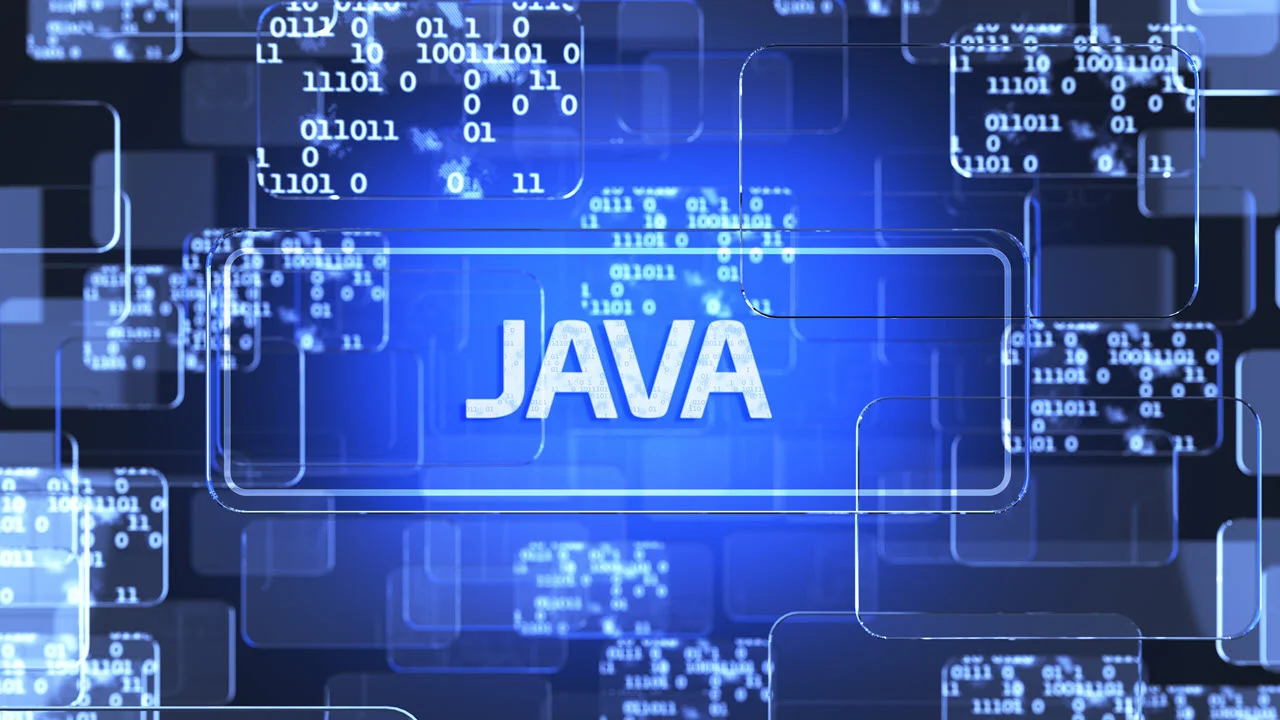Are you encountering the dreaded Java Virtual Machine Launcher Error while trying to run a Java application? This common issue can be frustrating, but fear not – we’re here to help you troubleshoot and resolve this error effectively. we’ll dive into the causes of JVM Launcher Errors and provide step-by-step solutions to get your Java applications up and running smoothly.
Java Virtual Machine Launcher Error
The Java Virtual Machine (JVM) is an essential component of Java-based applications responsible for executing Java bytecode. When you encounter a JVM Launcher Error, it typically manifests as a dialog box or error message indicating that the JVM cannot be started or initialized properly. This error can occur due to various reasons including incorrect Java installation outdated Java version system configuration issues or conflicting software.

Common Causes of JVM Launcher Errors
- Incorrect Java Installation: If Java is not installed correctly or if there are issues with the installation files, it can lead to JVM Launcher Errors.
- Outdated Java Version: Running Java applications with an outdated or incompatible Java version can trigger JVM errors.
- System Configuration Issues: Incompatible system configurations, such as insufficient memory or conflicting software, can interfere with JVM initialization.
- Corrupted Java Files: Corrupted or missing Java files can cause the JVM Launcher Error when trying to execute Java applications.
- Conflicting Software: Other software installed on your system may conflict with Java, leading to JVM errors during execution.
Troubleshooting Steps for JVM Launcher Error
Follow these step-by-step solutions to diagnose and resolve the Java Virtual Machine Launcher Error effectively:
- Check Java Installation:
- Verify that Java is installed correctly on your system.
- Ensure you have the latest Java version compatible with your application.
- Uninstall any older or conflicting Java versions to avoid compatibility issues.
- Update Java:
- If you have an outdated Java version update it to the latest release.
- Visit the official Java website (java.com) to download and install the latest Java Runtime Environment (JRE) or Java Development Kit (JDK) as per your requirements.
- Check System Requirements:
- Ensure your system meets the minimum requirements for running Java applications.
- Check available memory, disk space and system architecture (32-bit or 64-bit) to avoid resource-related issues.
- Scan for Corrupted Files:
- Run a scan to check for corrupted or missing Java files.
- Use system tools like System File Checker (SFC) on Windows or Terminal commands on macOS/Linux to repair system files if necessary.
- Disable Conflicting Software:
- Temporarily disable or uninstall any software that may conflict with Java such as antivirus programs or other Java-based applications.
- Check for any recent software installations or updates that coincide with the appearance of the JVM Launcher Error.
- Update Graphics Drivers:
- Graphics driver issues can sometimes cause JVM errors especially in Java applications with graphical interfaces.
- Update your graphics drivers to the latest version compatible with your system.
- Adjust Java Runtime Settings:
- If you’re encountering memory-related errors (e.g., “Out of Memory” errors) adjust Java runtime settings to allocate more memory to the JVM.
- Modify Java runtime parameters such as heap size (-Xmx), stack size (-Xss) and garbage collection options based on application requirements.
- Reinstall Java:
- If all else fails, consider reinstalling Java from scratch.
- Completely uninstall Java using official uninstallation tools or third-party uninstallers before reinstalling the latest version.
Final word
encountering a Java Virtual Machine Launcher Error can be frustrating, but with the right troubleshooting steps, you can resolve the issue and get your Java applications running smoothly. By checking your Java installation, updating Java to the latest version addressing system configuration issues scanning for corrupted files disabling conflicting software updating graphics drivers adjusting Java runtime settings and reinstalling Java if necessary you can effectively troubleshoot and resolve JVM Launcher Errors.
Remember to always download Java from official sources and keep your system and software updated to minimize the risk of encountering such errors in the future. If you continue to experience persistent JVM errors despite following these steps, consider seeking assistance from Java forums, online communities, or technical support channels for further guidance tailored to your specific situation. Happy coding!
